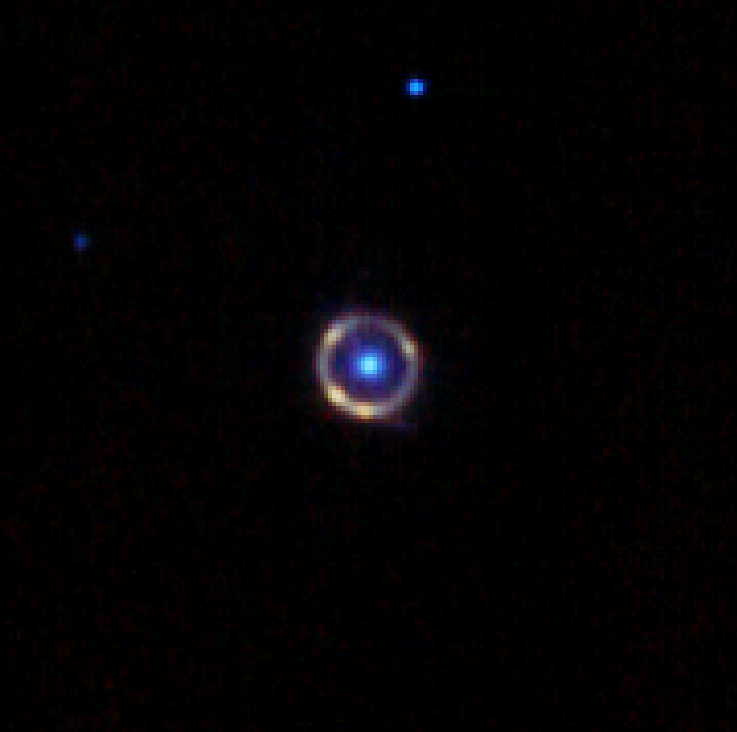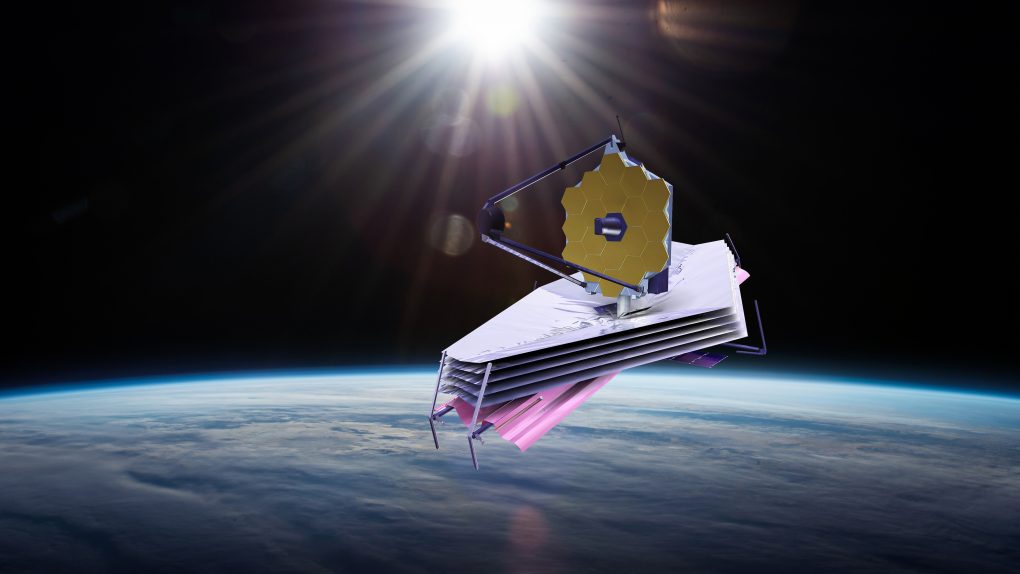Astronomers inspecting an image of an early galaxy taken by James Webb have discovered something intriguing at the galaxy’s outer edge. That discovery appeared like a blob of light near the edge of the galaxy. However, upon closer inspection of the target area, which encompassed SPT0418-47, an early galaxy bent into an Einstein Ring by gravitational lensing, revealed a hidden metal-rich galaxy.
The hidden galaxy is believed to have hosted multiple generations of stars despite its young age, estimated to be only 1.4 billion years old. Bo Peng, a doctoral student in astronomy who led the new analysis, says that they found the galaxy to be “super-chemically abundant.” These “metal-rich galaxies” are exceptionally notable because of how much metal material is found within them.
The initial photos of this Einstein ring were shared by community members who uncovered the data for the observations in James Webb’s scientific collection back in 2022. Those photos were spectacular, but the hidden metal-rich galaxy didn’t come into focus until astronomers began to look back at the data. By looking at the data in a new way, astronomers were able to uncover even more about that region of space.

Additionally, Peng says that the James Webb space telescope is completely changing the way that astronomers view these systems. The telescope, which will have been in service for a year in July, is also opening new doors for how we study stars and galaxies that formed in the early days of our universe, Peng explained in a statement. The discovery of this hidden metal-rich galaxy is just more proof of that.
Earlier photos of the same Einstein ring taken by the Atacama Large Millimeter/submillimeter Array (ALMA) in Chile show similar data. However, that data wasn’t strong enough to be taken as anything other than random noise, at least not until James Webb provided more information to help astronomers formulate exactly what they were looking at.
Together, the information from both telescopes helps to paint a complete picture of the metal-rich galaxy that astronomers believe is hiding behind the ring. A paper on the findings was published in The Astrophysical Letters Journal, showcasing how astronomers discovered the new galaxy.








